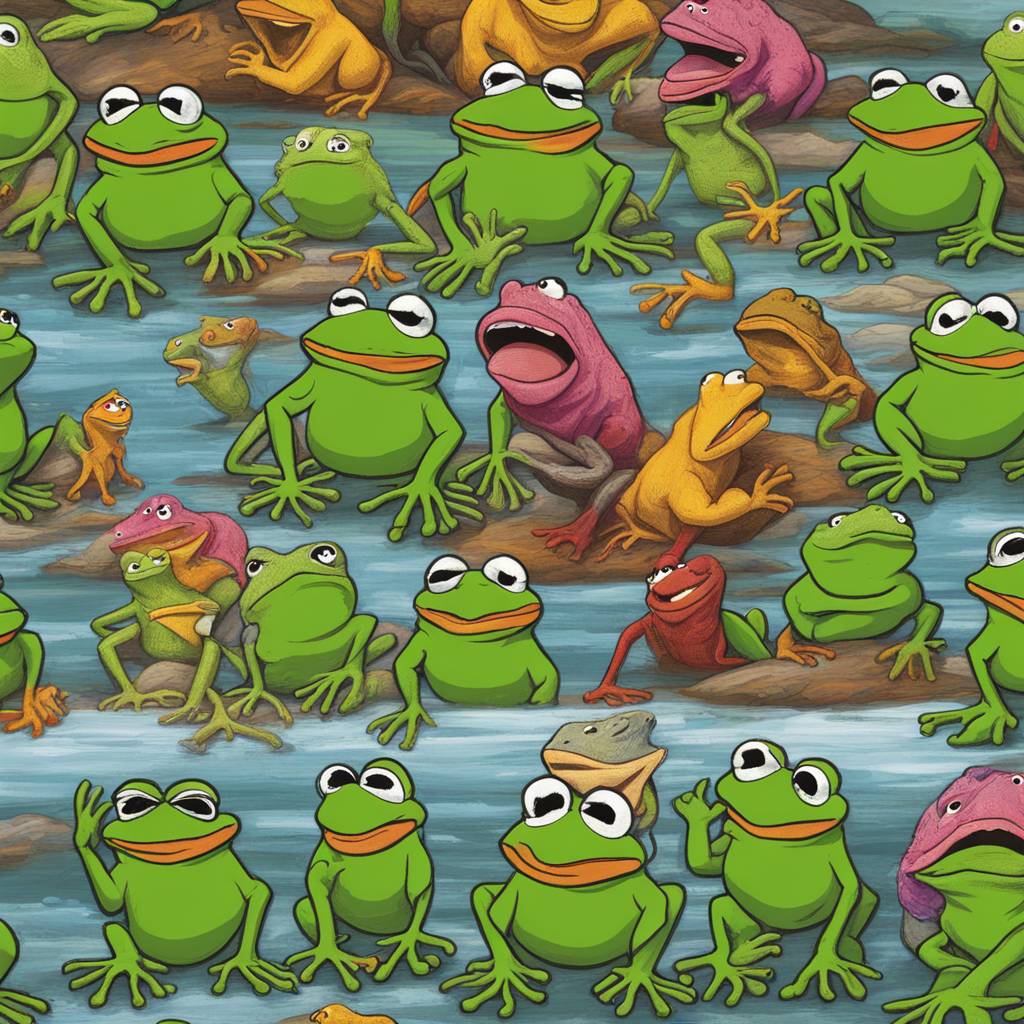In a recent study published in the Zoological Journal of the Linnean Society, researchers have unveiled the discovery of a 270-million-year-old amphibian ancestor that belonged to a new species of proto-amphibian named Kermitops gratus. The fossilized skull, which measures just over an inch long, was found in the collection of the Smithsonian’s National Museum of Natural History. This finding sheds light on the early evolutionary history of amphibians and their ancestors, which has been largely fragmented in the fossil record.
The fossil was originally unearthed by paleontologist Nicholas Hotton III during fieldwork in north central Texas in 1984. Hotton, who was a curator at the museum for nearly 40 years, collected a large number of fossils from the Red Beds rock outcrops dating back to the early Permian period. The researchers involved in the recent study, including lead author Calvin So and co-author Arjan Mann, were intrigued by the well-preserved skull that had been deposited in the museum’s National Fossil Collection but had not been studied in detail until now.
Upon closer examination, the researchers discovered unique features in the skull of Kermitops that set it apart from other known tetrapods. The skull’s proportions, such as its short region behind the eyes and its curved snout, indicated that the creature likely preyed on small insects. These traits, along with other distinctive characteristics, led the scientists to classify the fossil as a temnospondyl, an ancient group of amphibian relatives that existed for over 200 million years.
The naming of Kermitops gratus after the famous Muppet character, Kermit the Frog, was an intentional choice to engage the public and showcase the significance of museum collections in scientific research. By drawing attention to the discovery through a well-known pop culture reference, the researchers hope to highlight the importance of museum specimens in uncovering evolutionary mysteries and connecting the past to the present.
The discovery of Kermitops adds a valuable piece to the puzzle of early amphibian evolution and helps bridge the gaps in the fossil record that have hindered our understanding of how frogs, salamanders, and their relatives came to be. By studying previously overlooked fossils in museum collections, paleontologists can unveil new insights into the evolutionary history of life on Earth and contribute to a deeper understanding of the biodiversity that surrounds us.
The collaboration between the Smithsonian’s National Museum of Natural History, George Washington University, and the Field Museum of Natural History underscores the importance of partnerships in advancing scientific research and education. By combining expertise and resources from multiple institutions, researchers can make significant discoveries, such as the identification of a new amphibian ancestor like Kermitops. This study exemplifies the ongoing efforts to explore the diverse landscapes of Earth’s ancient past and uncover the stories that lie hidden within the fossil record.













